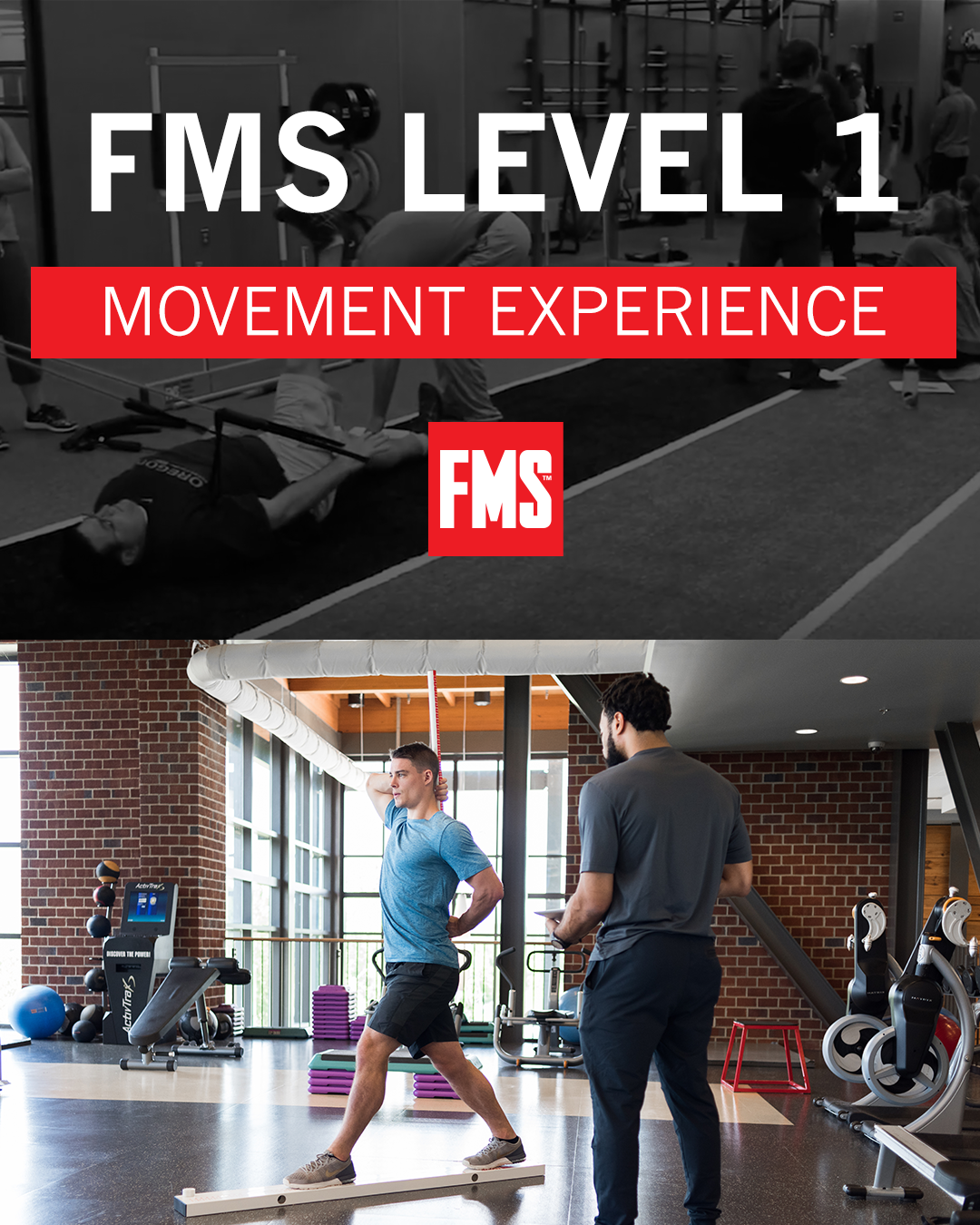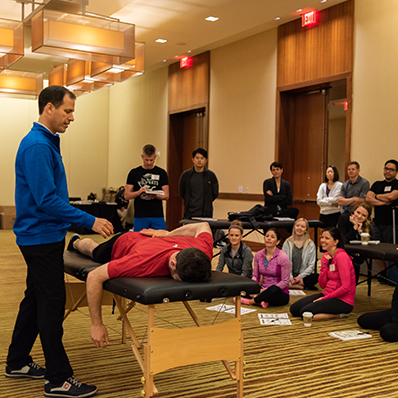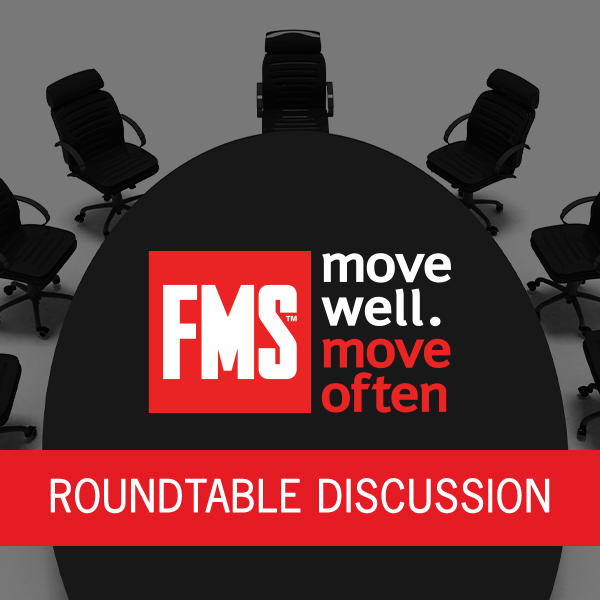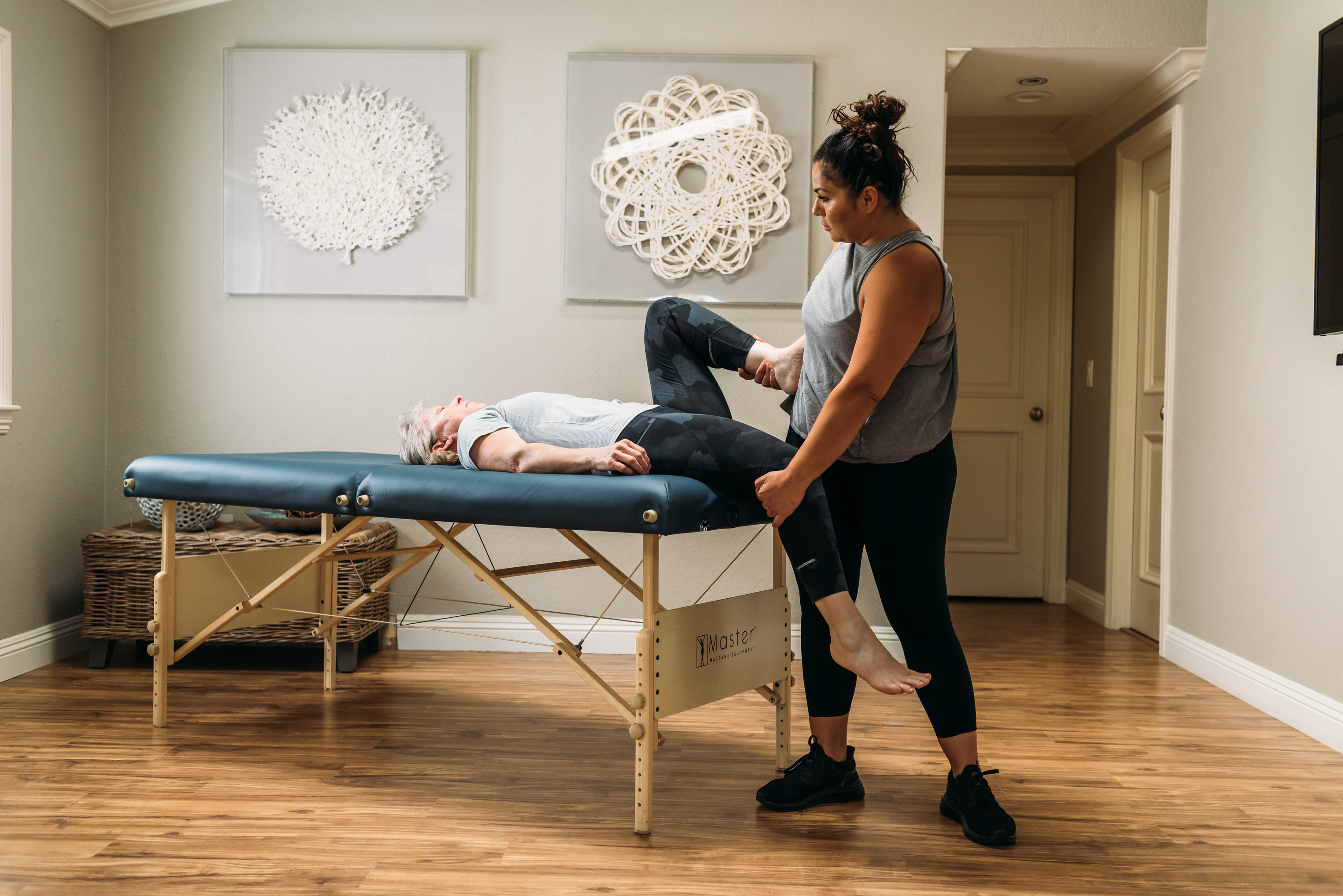Time Management with the SFMA
Written by Aline Thompson SFMA

You can become proficient and efficient with the SFMA but it takes a commitment to learning it to establish a level of competency. Once you have done this the time commitment won’t be an issue. Rather you’ll realize you are doing a more structured yet thorough evaluation than you did previously. Starting out with a strategy in mind will help you be successful in implementing it into your practice.
Here are some suggestions to help become more proficient:
Perform top tier on all patients/client
Yes, even if they come in with an ankle sprain, you still check all the top tier movement patterns. Patients understand the basic premise that “everything is connected” and I usually give them a brief explanation that I want to make sure I am doing the most comprehensive evaluation possible. More “reps” of watching the top tier will allow you to become better at movement observation.
Pick one pattern per day
Pick one breakout pattern that you want to master. Review it the night before and morning of and then perform it on most of your patients that day. If you commit to this strategy, you will be a lot more proficient after two weeks and ready to start tackling full SFMA’s.
Integrate Full SFMA’s
Ask your last patient of the day to stay a little later so you can do some further assessments. It is rare someone will decline extra assessment or treatment. This is a great opportunity to try doing a whole SFMA on someone. Keep in mind the logic of the SFMA breakouts to help you through, but remember you do have the flowcharts and FMS app to refer to for reminders. If you understand the logic or the "why" of what you are doing, the trick to get faster then will be more reps.
Get in as many repetitions as possible
Take time to perform full SFMAs on patients, family members, friends and colleagues.
SFMA by posture
Once you feel competent in performing a full SFMA during your evaluation, a definite time saver will be learning to perform one by posture. What I mean by this is performing all tests that are done in standing, sitting, then in prone, and supine. This requires that you are able to mentally keep track of what you have already found in different patterns but is one way to speed up the process.
Remember: its ok to mess up! We’ve all been there and it is a critical part of learning. Don’t let that hold you back.
Author
 Aline Thompson obtained her B.A in biology from Kenyon College in 1994 and Masters of Science in Physical Therapy from Arcadia University in 1997. Over the last 17 years, Aline has worked exclusively in outpatient orthopedics seeing a wide variety of patients. She started her professional career in California and has spent the last 8 years working in Denver. Aline is a board certified clinical specialist in orthopedics through the APTA. She blends her knowledge of functional movement with a diverse and contemporary approach to the evaluation and treatment of patients with musculoskeletal dysfunction. She has advanced training in manual therapy, pain science, dry needling, treatment of orthopedic injuries, and breathing pattern disorders.
Aline Thompson obtained her B.A in biology from Kenyon College in 1994 and Masters of Science in Physical Therapy from Arcadia University in 1997. Over the last 17 years, Aline has worked exclusively in outpatient orthopedics seeing a wide variety of patients. She started her professional career in California and has spent the last 8 years working in Denver. Aline is a board certified clinical specialist in orthopedics through the APTA. She blends her knowledge of functional movement with a diverse and contemporary approach to the evaluation and treatment of patients with musculoskeletal dysfunction. She has advanced training in manual therapy, pain science, dry needling, treatment of orthopedic injuries, and breathing pattern disorders.












